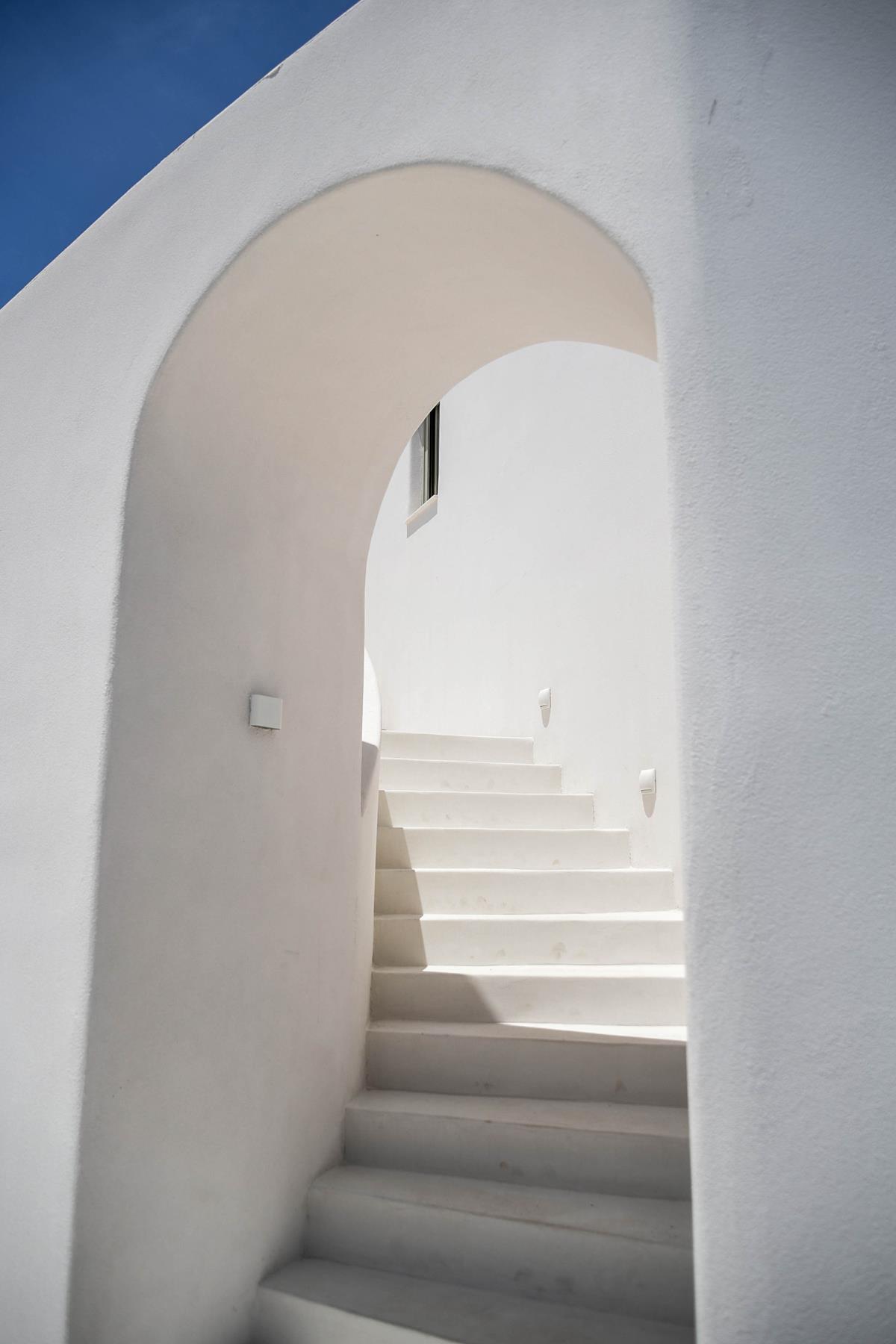Formed by the words ‘anemos’ (wind) & ‘lithi’ (oblivion).
lunge into carefreeness, joy, grace, the minimalist luxury that pure authenticity offers. Once you are here, the wind blows away any negative thoughts and allows beautiful ideas to flourish.





WIND
Sappho:
“Love shook my heart
Like the wind on a mountain
Rushing over oak trees.
You came, good thing you did
I was longing for you,
You cooled down my soul
So scorched by lust.”
The ancient Greeks honored the winds as gods, given that many aspects of their lives depended on their help. The Greeks are familiar with the meltemi, the strong northern wind that blows over the Aegean Sea during the warm season. The first historical written reference to the meltemi was made in the work of Aristotle (384-322 BC) under the title “Meteorology”. According to Aristotle, these winds start blowing after the summer solstice, which is on June 21, and the Rise of Canis constellation which has the well-known Sirius as its brightest star on July 25. According to Eudoxus (404-335 BC), a great ancient Greek mathematician, the winds blow from July 24 to August 31. These two references are essentially the first recorded observations of the phenomenon, which has changed names over the centuries, and is now known as meltemi.
Greek islanders use names such as “kapelatos” when blowing hats off the heads of people strolling outside, “kareklatos” when blowing over chairs in cafes, “trapezatos” when overturning tables and “kabanatos” when swinging the church bells to describe not only the meltemi but generally the strong winds that blow for many days each year in the Aegean Sea.
LITHI
In Greek mythology, Lethe (/ˈliːθiː/; Ancient Greek: Lḗthē; Modern Greek: [lɛ̌ːtʰɛː]), also referred to as Lemosyne, was one of the five rivers in the underworld of Hades. Also known as Ameles potamos (river of oblivion), Lethe flowed around the cave of Hypnos and through the Underworld, and whoever drank from it experienced complete oblivion. The Greek spirit of oblivion with which the river was often identified was also called Lithi.